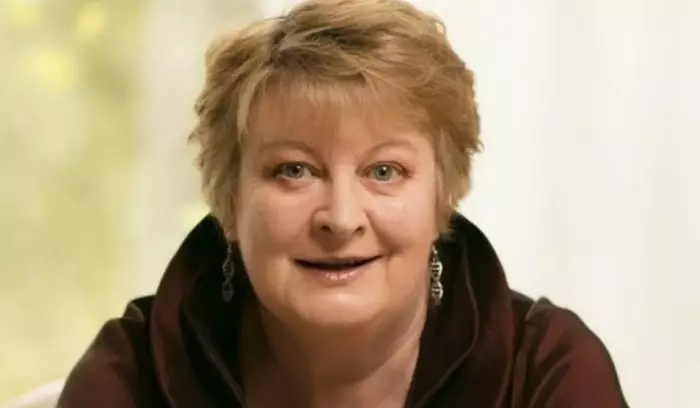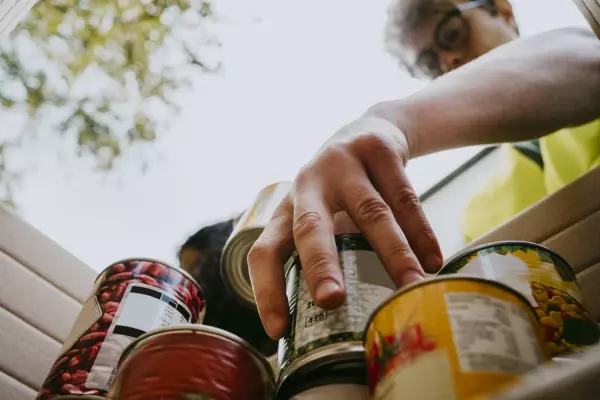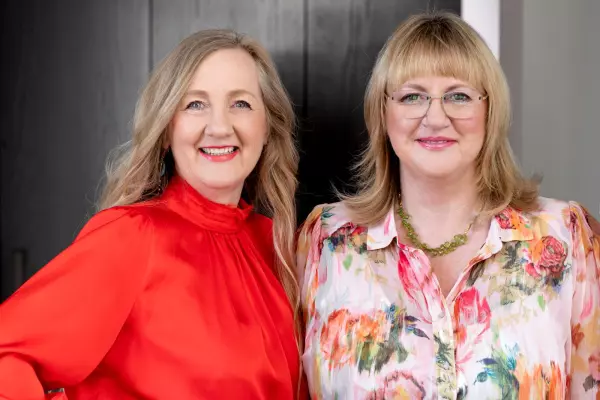Charities are often scrutinised for how they spend their money, and rightly so. But how do you judge when a charity is spending too much?
It’s a truism that you have to spend money to make money – but when you’re a charity, the ethical balance is much trickier. Many donors, perhaps naively, like to think that their money is going directly and solely toward causes they care about.
But there are unavoidable overheads, especially when a charity is looking to attract income and support.
“Astute donors know that if you’re fundraising you’re going to have overheads. I’d be very suspicious of charities with no overheads on fundraising,” said Heather Newell, director of Foresee Communications, who has worked in the charity sector for 30 years.
So, what does it cost to successfully fundraise? Well, it depends heavily on the method, target donors and level of brand awareness but established charities aim to get back at least three times what they spend on fundraising.
“The rule of thumb is to spend 25% of total funds raised. You may have to spend much more if you are a small charity without any public awareness,” explained Newell.
Public-facing campaigns, which include street signups and door-knocking, are one-way charities can outsource the fundraising to agencies – often a cheaper option than employing people in-house.
It's one of the most common ways members of the public, particularly in cities, are approached by charities.
According to the Public Fundraising Regulatory Association (PFRA), which monitors 22 of NZ’s most prominent charities, 113 fundraisers were out in public each day last year on average.
Overall, approximately 1.3 million one-on-one interactions take place annually.
Of those, more than 54,000 people chose to sign up to regularly support a PFRA member and more than $63m was received by them via face-to-face fundraising.
In the past decade (2011-21), over $550m has been raised via more than 732,000 individuals being signed up through face-to-face fundraising.
This means, on average, each signup was worth roughly $750 to a charity over the past decade.
Sweet spot
PFRA membership costs charities $1,000 a year, as well as a $1.75 fee per signup. This pays for the regulatory work and compliance checks, aimed at ensuring public trust in fundraisers.
It also ensures a share of street spots in the major cities, with Auckland, Hamilton, Wellington and Christchurch all requiring fundraisers to be PFRA members.
“All fundraising carries a cost to a charity and face-to-face fundraising is a cost-effective way to find new supporters, if it wasn’t NZ charities wouldn’t be doing it,” said Angela Norton, PFRA’s National Manager.
Times have been tough with covid lockdowns massively reducing foot traffic. The PFRA's members reported a 35% downturn in donor recruitment last year.
Although this drop isn't as dramatic as the loss of their combined workforce, down from 247 fundraisers in 2019 to 113 in 2021, a decline of 74%.
The sector has been typically reliant on migrant labour. In 2019, 40% of fundraisers were on a work visa or working holiday visa. Two years later and 79% were citizens or permanent residents.
“Whilst this is positive to see so many New Zealanders embarking on a face-to-face fundraising role, the overall available workforce is down considerably which means that our charity members will still need to rely on skilled migrants to advocate and support the work they do,” added Norton.
There are many other types of fundraising, from major gifts, bequests, and corporate partnerships, which can be coordinated by a dedicated professional fundraising team – if you’ve got the budget.
Finding the right personnel is yet another cost for charities. But one that Sarah Woodhams of Execucare, a specialist recruiter for the sector, says is well worth the investment.
"It's quite clear, to be honest, that recruiting the right person for a role can actually have a significant effect on the bottom line of a charity's fundraising income," she said.
Recruitment has been trickier with the lack of available foreign talent but Woodhams emphasised the importance of retention.
"A lot of the most successful charities would have extensive strategic [fundraising] plans that will span over five or 10 years.
When it comes to acquiring and maintaining the support of donors, the job is “bigger than just plugging in the odd nice message about what a charity does," she said, adding that the fundraising departments of the big charities “can be pretty huge”.
Economies of scale
It’s the big players that dominate the crowded fundraising market. A 2020 report by JBWere on giving in NZ found that the largest 9% of charities receive 91% of all donations.
Smaller, often regional, charities can’t typically afford a full-time fundraiser. As a result they struggle to compete and need to look elsewhere for stable income.
One such source is charitable trusts that receive their money from pokies and lottery tickets, and distribute grants.
JBWere’s study found that gaming machine societies and the Lottery Grants Board still make up around 16% of the nation’s total philanthropy.
Nonetheless, even researching and applying for the relevant grants requires a lot of time and expertise. Yet another cost that may be beyond the resources of some smaller charities.
But it is possible to outsource this process as well. Ash Arrowsmith runs FundingNZ which offers grant application writing services.
He used to work in the management of small nonprofits when he was approached by a charity that needed assistance with grant writing. Other charities started asking for help and he saw there was a need for professional service.
FundingNZ claims to have raised over $35m over the past 25 years. Hiring him and his reputation with charitable trusts, he argues, is far more economical than employing someone in-house to apply for grants.
He highlighted a few of the repeated mistakes he saw small or new charities make.
“Lots of small nonprofits don’t establish what the community needs. We see a lot of duplication in the community.
“Four to five [charities] in Auckland who might be doing similar things, in different regions, but they all have an overhead structure. Charitable trusts have a good overview of this as they receive 100-200 applications per month.”
“Larger charities can often be more efficient due to economies of scale. There are lots of small nonprofits that are stuck at the local level,” he said.















